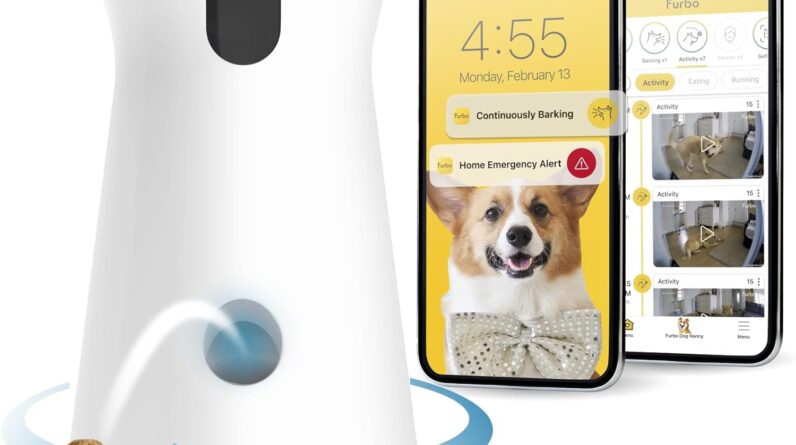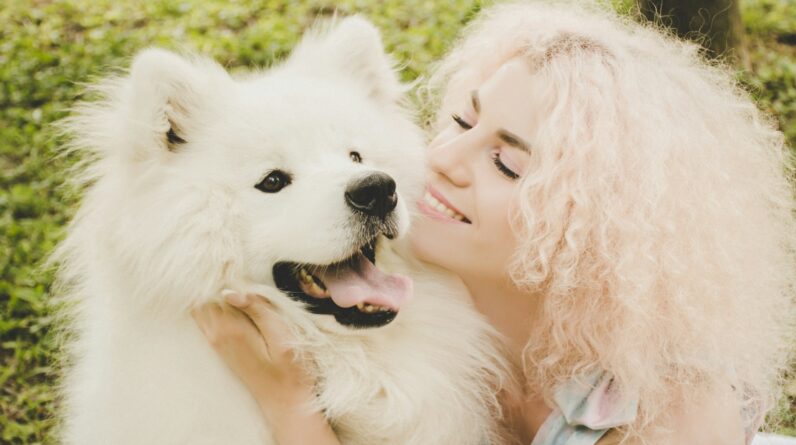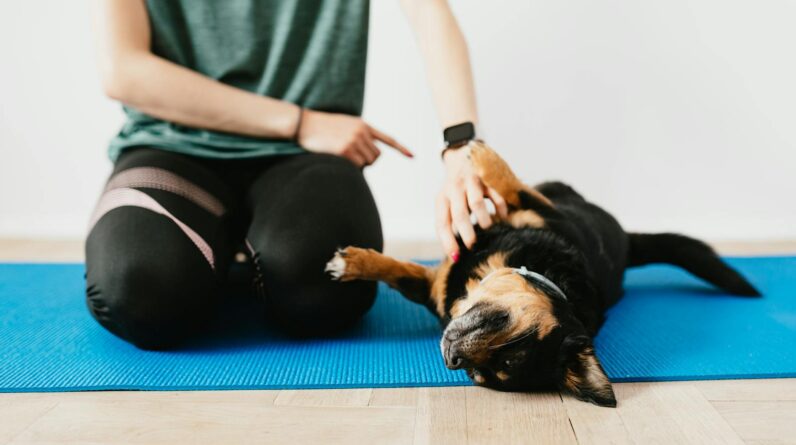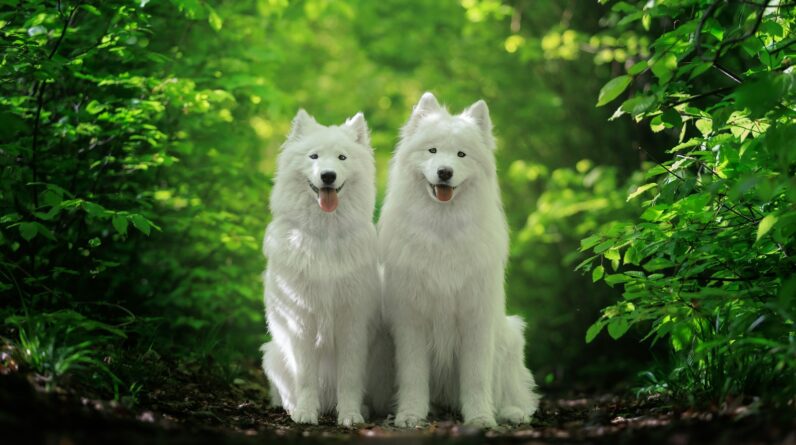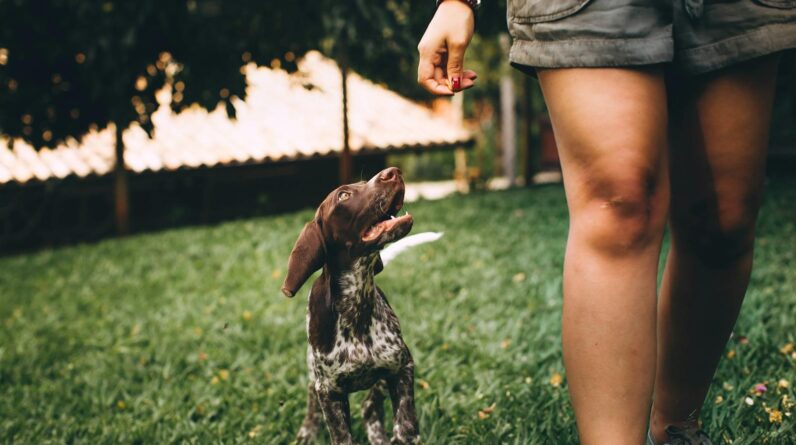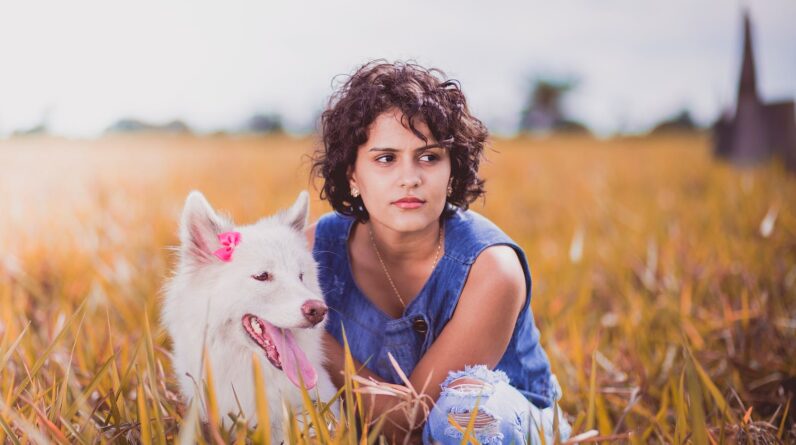
Dog Training with Good Vibes: The Power of Positive Stuff
Hey there, dog lovers! Training your furry friend is kinda like teaching your little bro or sis how to tie their shoes. It can be fun if you know the secret — and that secret is positive reinforcement. Let’s talk about how you can use happy vibes to train your doggo.
What Is Positive Reinforcement?
Positive reinforcement is all about giving your dog a treat or something they really like when they do what you ask. It’s like when you get a gold star for good work in school — it makes you want to do it again, right? Well, it works the same with dogs.
Step by Step: Positive Reinforcement in Action
Let’s break it down into easy peasy steps. Remember, be patient. Dogs are smart, but they’re not mind readers!
Step 1: Choose the Right Treat
First, what gets your dog’s tail wagging like crazy? Juicy chicken bites? Crunchy dog biscuits? Find out what they go bonkers for and use that as your number one reward.
Step 2: Catch Them Being Good
When your dog does something awesome, like sitting when you say “sit,” let them know right away with a cheerful “Good dog!” and hand over that top-notch treat. Timing is everything — reward them immediately so they make the connection between what they did and the yummy reward.
Step 3: Repeat the Good Times
Do it again. And again. Practice makes perfect. Help your dog understand that every time they do that cool thing you like, they get that tasty token of your love.
Step 4: Mix It Up with Life Rewards
Alright, you can’t always have a pocket full of treats. That’s okay. Other things make your dog happy too, like belly rubs, a game of fetch, or a walk. So, sometimes swap the treats for these “life rewards” to keep your dog guessing and eager.
Tips to Keep Things Smooth
Here are some little nuggets of wisdom to help keep the training as smooth as peanut butter:
Be Clear and Be Fair
Make sure your dog understands what you want. If “sit” sometimes means “sit” and sometimes means “lay down,” you’re gonna have a confused pupper on your hands.
Keep It Short and Sweet
Dogs have a short attention span. Training sessions should be like a quick game — short enough to be fun but long enough to learn something.
Stay Cool as a Cucumber
If you get upset or frustrated, take a break. Trust me, your dog can tell when you’re not in a good mood, and it’s harder for both of you to learn when the vibes are all wrong.
Mistakes Happen, No Biggie
Everybody messes up sometimes, even your dog. If they get it wrong, don’t get mad or sad. Just try again or take a break if you need to.
Using Words Like a Charm
Say what you want your dog to do in a happy voice. Dogs can’t speak our language, but they sure can feel your happy vibes when you talk to them.
When the Treats Fade Away
Eventually, you won’t need treats all the time. Your dog will do the right thing just because they’ve learned it makes you happy. That’s the gold at the end of the rainbow, my friends.
The Big Picture of Positive Reinforcement
Imagine a world where your dog is jazzed to hang out and listen to you. That’s what positive reinforcement can do. Use treats, love, and playtime to show them that following the rules is the best game in town.
And don’t forget, this isn’t about being perfect. It’s about having fun and learning together. Keep things cool, stay patient, and you’ll be a dream team before you know it. So grab those treats and get started. Your four-legged buddy is ready to learn and have a blast with you!
What is positive reinforcement training for dogs?
Positive reinforcement training is all about rewarding your dog for good behavior. Whenever your furry friend does something right, you give them a treat or praise, making them more likely to do it again. It’s like saying, “Hey, great job!” in dog language.
This method builds a strong bond between you and your pup. You’re basically their cheerleader, cheering them on for every success. Instead of telling them off, you focus on the good stuff and create a happy learning environment.
How often should I reward my dog during training?
During training, it’s great to reward your dog often. Whenever they follow a command or behave the way you want, give them a treat to let them know they’ve nailed it. Consistency is key here – you want your dog to know what to expect from you.
Over time, as your dog gets the hang of things, you can start giving rewards less often. This doesn’t mean you stop cold turkey! Gradually phase out the treats and use other rewards like pats or playtime. It’s like weaning them onto good behavior without the need for a constant snack.
Can I use toys as a form of positive reinforcement?
Absolutely! Toys are a fantastic way to reward your dog. Some dogs might even prefer a squeaky toy or a game of fetch over a treat. It’s all about finding out what makes your dog’s tail wag and using that as the reward.
So if your dog does something awesome, toss their favorite ball or pull out that toy they love. It turns training into a game and keeps them engaged and eager to learn more. Plus, it’s a blast for both of you!
What if my dog doesn’t respond to positive reinforcement?
If your dog doesn’t seem into it, don’t worry. They might just not be getting what you’re trying to teach, or maybe they’re not motivated by what you’re offering. Mix it up a little – try different treats or rewards to see what gets their attention.
Remember, patience is super important. Keep things fun, stay consistent, and don’t give up. Every dog has its unique personality and learning style. You just need to figure out what clicks for your canine buddy.
Is positive reinforcement training effective for correcting bad behaviors?
Oh, for sure! Positive reinforcement isn’t just for teaching new tricks, it can also help fix bad habits. Instead of focusing on the naughty stuff, you find ways to make good behavior more appealing to your dog. It’s all about redirecting their attention to actions that earn rewards.
When your dog does something you don’t like, show them what you’d prefer instead. When they get it right, go big on the praise and rewards. It’s a gentle way to guide them towards being the good boy or girl you know they can be.
Key Takeaways
- Positive reinforcement training is all about rewarding your dog for good behavior – think treats, belly rubs, or an extra round of fetch when they follow instructions.
- It’s super effective because dogs are more likely to repeat behaviors that lead to positive outcomes. Who doesn’t want more goodies, right?
- Start with small, achievable commands like ‘sit’ or ‘stay.’ Keep it simple so your furry pal can nail it and get those rewards!
- Timing is key! Hand out those rewards immediately after your dog does what you’ve asked. This way, they’ll connect the behavior with the reward pretty quickly.
- Consistency is your best friend. Use the same cue for the same behavior, so your dog doesn’t get mixed signals. Stick to the plan and they’ll catch on.
- Keep training sessions short and sweet. Dogs, like us, can get bored or tired, so it’s better to practice in short bursts for better focus and results.
- Not all rewards are equal. Figure out what really gets your dog’s tail wagging, whether it’s a specific treat or a game, and use that as your go-to reward.
- Positive reinforcement isn’t just about giving treats; it’s also about patience and avoiding punishment. If your dog doesn’t get it right away, don’t sweat it—just try again later.
- If you get frustrated, take a break. Your dog can pick up on your vibes, and you want training to be a positive experience for both of you!
- Remember that every dog is different. Tailor your training approach to fit your dog’s unique personality and watch them thrive under your guidance and care.
Final Thoughts
Alright, so positive reinforcement is all about the goodies—treats, praise, playtime, you name it. It’s reinforcing those behaviors in your dog that you really dig. Patience is key, so don’t rush it. Tailor rewards to what your furry friend truly loves and watch them catch on quick.
Remember, timing is everything. Treat or praise has to follow that perfect sit or stay faster than your doggo can wag its tail. And consistency? Non-negotiable. Mix up the signals and you’ll both end up confused. Be the predictable treat-dispensing human your pup needs you to be.
Last up, keep it fun. Training shouldn’t be a drag for you or your pup. Turn it into a game and celebrate those small wins. Your dog’s tail wags are badges of your ace training skills. Stay upbeat, and you’ll both be set for success. Keep at it, and your best friend will be high-pawing you in no time.


